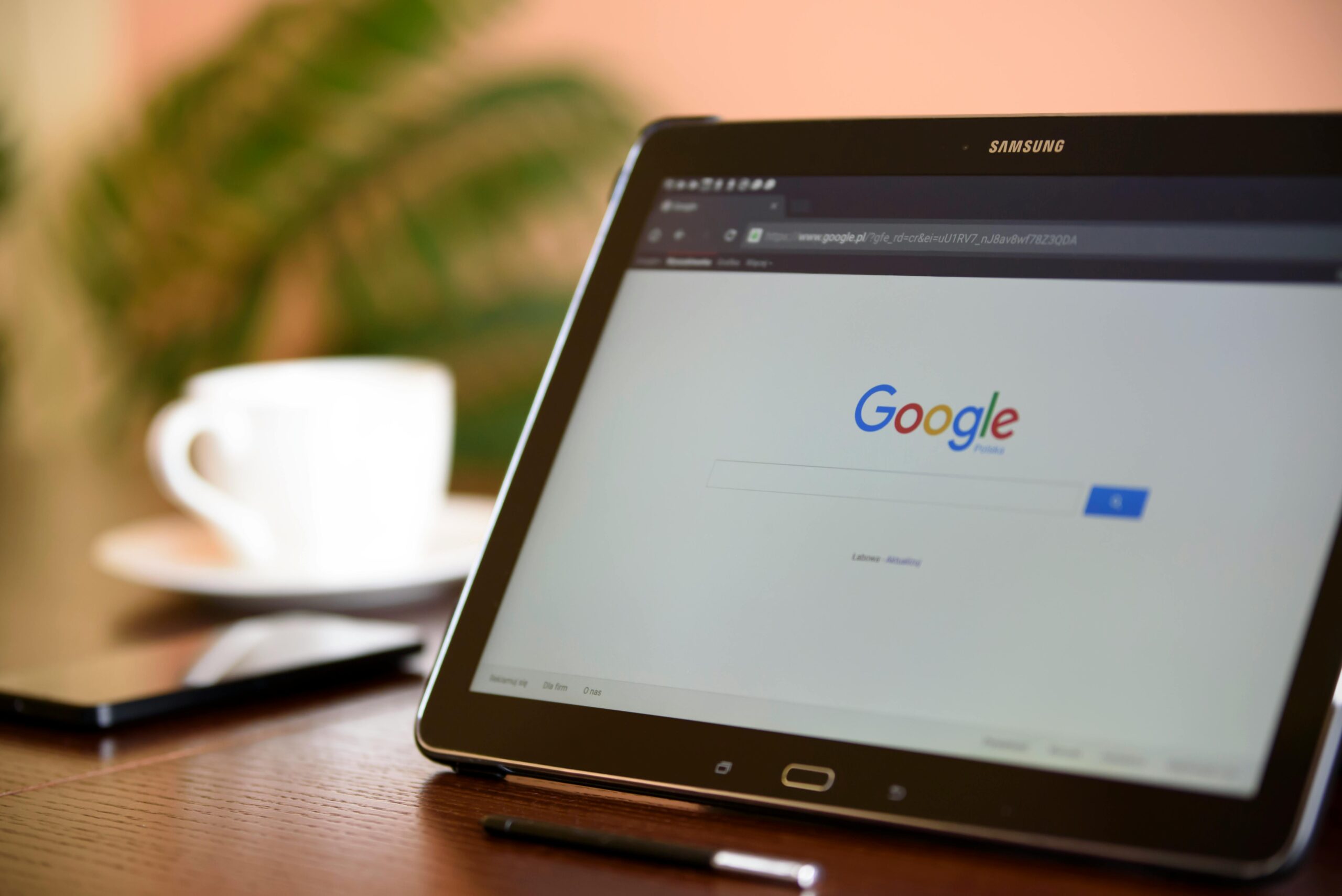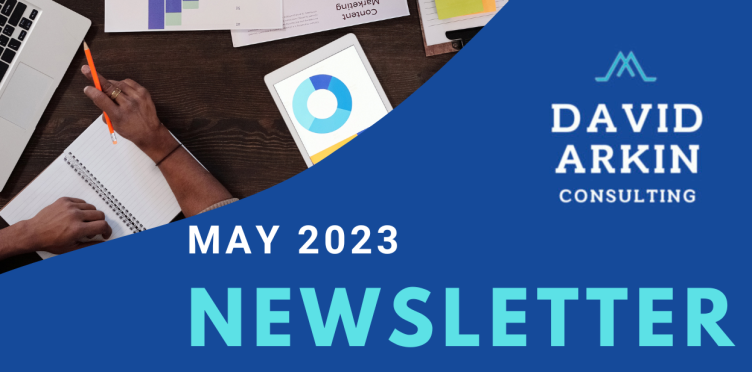
It’s always been challenging to keep up with changes that social media companies and search engines make to their products and algorithms, but doesn’t it feel like it’s at a breakneck speed right now?
Google’s rollout of their AI Overviews product earlier this month is the latest of those changes and despite its bumpy start, it could have a major impact on the publishing world.
The launch of AI Overviews comes after last year’s major helpful content update which focused on Google’s E-E-A-T priority (Experience, Expertise, Authoritativeness, and Trust).
I want to spend a few minutes talking about the change and what you should do.
What is AI Overviews?
Google’s AI Overviews uses machine learning to provide summaries of topics that people search for on Google.
The tool scans a range of pages across the web and the summaries are displayed directly in search results. Google says the goal is to help readers quickly discover the main points to a topic.
But its launch hasn’t gone well. Read here some of the awful results it’s generated for people. Google did say later this week that they recognize these issues and are working to improve it.
Whether Google can get this cleaned up or not is to be seen, but the larger point — or concern — for publishers is that the summarizing information will lead to less clicks.
Google says that’s not the case. At least for news publishers. At a conference this week, a Google news official and an SEO expert said its AI overviews shouldn’t lead to a huge downfall for news sites but those that create evergreen content could be impacted.
Who knows. But let’s talk about the things that you can do to ensure you are showing up in AI Overviews or whatever thing Google decides to use to showcase search results.
1. Helpful content with personalization
This was the core of Google’s update last year that said content that actually helped people make decisions (where to go, what to spend money on, how to get involved and how to take action) would be favored over other more general content.
This still seems to be a center piece for how content will get surfaced in search results like AI Overviews.
Creating personalized content when taking a helpful approach with your story whenever possible is incredibly important. That means, share your first-person experience if you are writing about a new restaurant, attraction or exhibit (go try it out). Or if you are updating content, add personalization where you can to those stories. Here’s an example: The Ultimate Guide to Wild Waves Theme & Water Park
For news-based publishers, the helpful content will be most natural. Reporters who don’t just report the 5Ws but find angles that help readers understand how they can apply the information to their lives, will be the winners here.
Here are two examples: How do El Paso school districts set their budget? 7 things to know & how to get involved and You may need to put out your trash cans earlier on pick-up day
The key is having content that answers questions that users are searching for. Tie your content to those things (use keyword tools to understand the questions people are asking) and you should have a wining recipe.
2. Multimedia with everything you do
Anything that enriches stories will rule. That means multimedia elements (video, photo galleries and infographics) will play a big role in being seen in search.
These are all good things we should be prioritizing already but thinking about how these elements are part of the user experience of a story, will be key going forward.
Here are a few tips to keep in mind:
• If you have video (even an embed in a story) call it out in the headline and meta description.
• As part of your story-planning process, make sure you’re cataloging what elements a story should have (a chart, a gallery, a video) as you assign stories.
• Make it a good experience to access your multimedia. Have video at the top of your page and avoid making people click through photos (scrolling galleries are better).
• Any story that has more than one location, should have a locator map. It’s basic but it works. It really works for magazine publishers based on the list-based approach many take with content.
3. Get smart with linking and anchor SEO
Showing that you are linking within your pages will continue to be important. I love this idea of anchor SEO. You build content around a topic and then keep on building and building.
Take a list of the best festivals coming to your city this summer as a starting point. Then build stories about neighboring cities that have summer festivals and link them all up together. This shows Google quality content around a theme or topic on a single site with relevant links. This works. Do this.
I have a hunch that themes and topics will be a huge part of what gets surfaced in AI Overviews. So prioritizing content that is topic-driven (food, recreation, things to do) is a solid strategy.
This is a lot, right? Google’s changes are a ton to consume. But we can help you through the madness by evaluating what you’re currently doing and providing very clear steps to take with your content. Contact me at David@davidarkinconsulting.com
We'd love to help your organization! Fill out the form below to get started.
Recent Posts

David Arkin Consulting joins Local Media Consortium’s Digital on Demand Services to provide content, audience and revenue solutions

Newsletters, video and lists: Unique sponsorship ideas that work for publishers

Here are 3 creative branded content ideas any publisher could create

How this unique coaching program taught a reporter the digital skills she needs for the future

This is why your news organization should be prioritizing social media search
Case Studies

How this unique coaching program taught a reporter the digital skills she needs for the future

How branded content sales exploded for this newspaper in New York

How a TV station in South Dakota significantly grew its traffic through Stacker’s news wire

How these changes helped this newspaper’s coverage of a limo trial skyrocket to the top of Google search result pages

